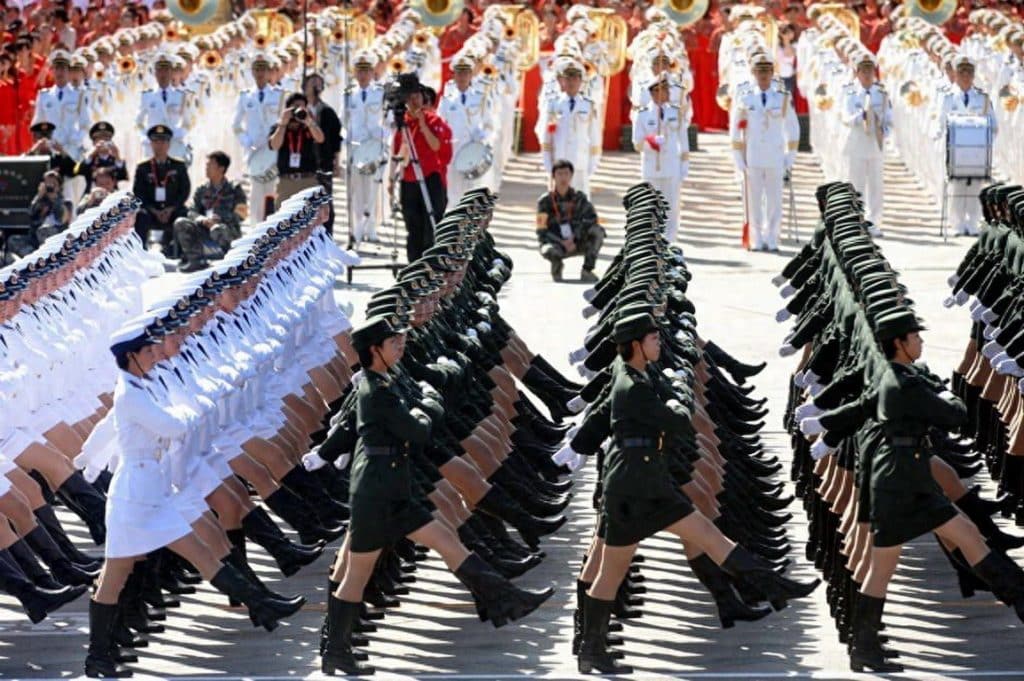On September 29, 2025, the Yemeni Houthi armed forces announced a new wave of military operations against Israel. The attack included the launch of a Palestine-2 hypersonic missile targeting the Tel Aviv region, as well as two suicide drones aimed at Israel’s southern port city of Eilat.
Brigadier General Yahya, spokesperson for the Houthi forces, declared: “To support the oppressed Palestinian people and their brave fighters, and in response to the genocidal crimes committed by the Israeli enemy in Gaza, the Yemeni Armed Forces have carried out decisive operations.”
According to Yahya, the missile unit deployed a multi-warhead Palestine-2 hypersonic ballistic missile, striking multiple sensitive Israeli targets. He further stated that “millions of Israelis were forced into shelters.” In addition, the Houthi drone unit conducted precise strikes in the Umm al-Rashrash area (Eilat), successfully hitting two key Israeli targets.
Conflicting Accounts: Israel vs. Houthis
Israel claimed that the missile was intercepted by the U.S.-supplied THAAD missile defense system. However, local footage revealed that the missile split into multiple warheads mid-flight, followed by large explosions and flashes illuminating the night sky, raising doubts about the interception claim.
Israeli media reported that air raid sirens sounded in over 200 locations, including Tel Aviv, Jerusalem (Al-Quds), and settlements deep in the occupied West Bank. Panic spread as millions rushed into bomb shelters. According to The Jerusalem Post, all flights at Ben Gurion International Airport were canceled, bringing air traffic to a complete halt.
The Strategic Message Behind the Strike
For the Houthis, military analysts argue the real impact would be targeting power plants, refineries, and water facilities to cripple Israel’s infrastructure. Yet, their main limitation remains insufficient stockpiles of advanced munitions, unlike Iran, which can sustain large-scale, high-volume strikes.
Israel’s Defense Challenge: The Drone Threat
On the same day, Israel reported intercepting Houthi drones approaching Eilat. Local sources suggested that Israel possibly employed its new Iron Beam laser defense system against the threat. However, the Houthis are not using small drones, but large, suicide drones carrying heavy warheads, which require immense laser power to neutralize effectively.
The real challenge for Israel is detection rather than interception. The Houthis have adopted new tactics: reducing drone fuel loads while increasing explosive payloads, sending them across the Red Sea toward Israel. Mid-flight, the drones gain altitude, cut off engines when fuel runs out, and glide silently toward targets, evading Israeli radar, infrared, and acoustic detection systems. This tactic has repeatedly allowed successful surprise drone strikes on Israeli territory.
Escalation and Implications
This incident underscores a dangerous regional escalation. The use of hypersonic missiles by non-state actors like the Houthis not only challenges Israel’s defense systems but also signals Iran’s growing influence in shaping proxy warfare across the Middle East. For Israel, the pressure on its multi-layered defense architecture is mounting as unconventional tactics make traditional interception increasingly difficult.
References
- The Jerusalem Post
- Israeli Ministry of Defense Statements
- Houthi Armed Forces Press Release



